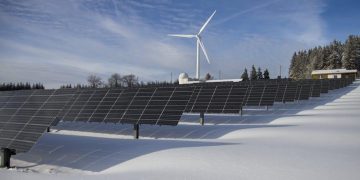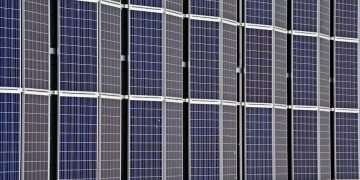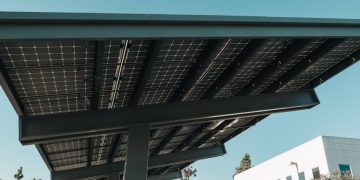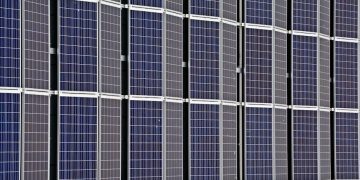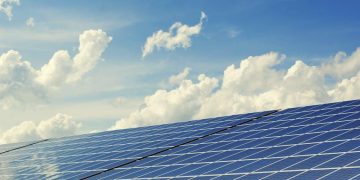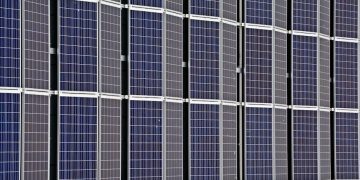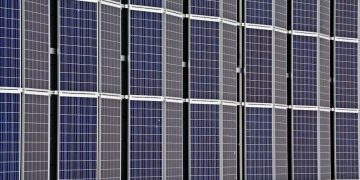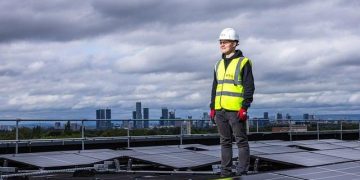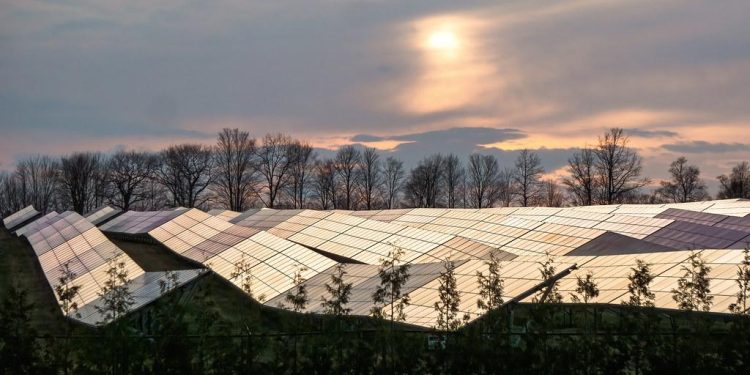In the vast tapestry of our planet’s landscapes, a new chapter is being written under the open skies—a chapter that glimmers with the promise of renewable energy. As the world grapples with the dual challenges of climate change and sustainable development, the prospect of solar farms has emerged as a beacon of hope, capturing sunlight and imagination alike. Yet, as these solar arrays stretch across acres of land, a pivotal question arises: should the public lands, our shared natural heritage, serve as the canvas for this solar revolution? This article delves into the heart of this debate, exploring the potential benefits and challenges of transforming public lands into solar powerhouses. As we stand at the crossroads of innovation and conservation, it is imperative to weigh the scales of progress and preservation, examining the implications for ecosystems, communities, and future generations.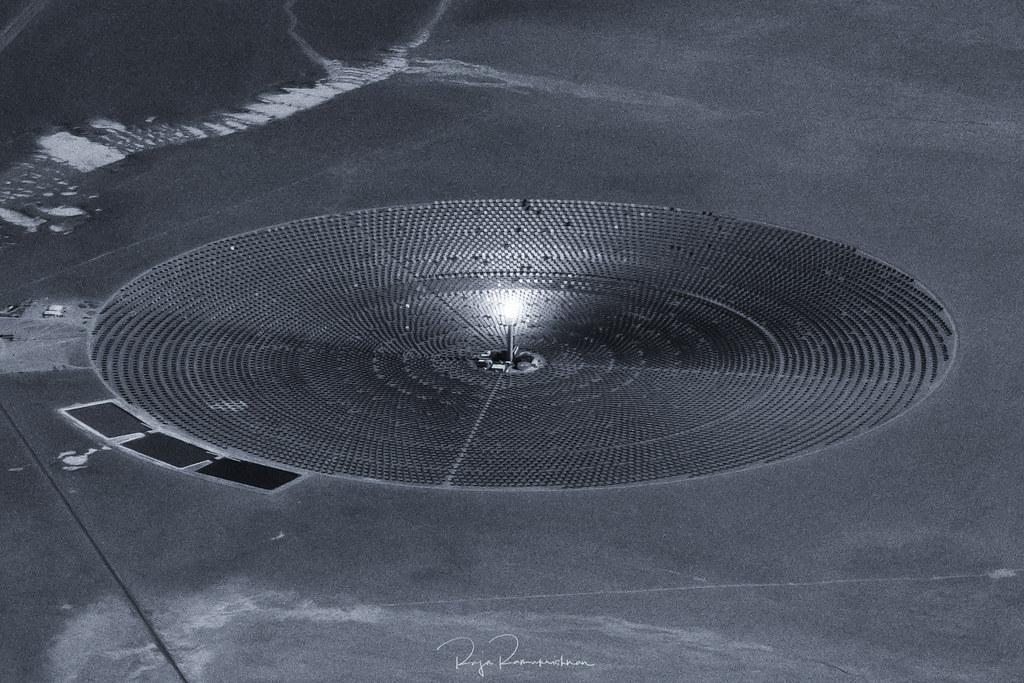
Balancing Energy Needs and Environmental Preservation
As the demand for renewable energy sources grows, the idea of establishing solar farms on public land presents both opportunities and challenges. Solar farms, with their vast arrays of photovoltaic panels, offer a promising way to harness the sun’s power, potentially providing clean energy to thousands of homes. However, the placement of these installations on public land must be approached with caution to ensure that ecological balance and community interests are preserved.
- Environmental Impact: While solar farms contribute to reducing carbon emissions, their development can disrupt local ecosystems. It is essential to conduct thorough environmental assessments to minimize harm to wildlife habitats and biodiversity.
- Public Access and Use: Public lands are often valued for recreational purposes and as natural sanctuaries. Balancing energy projects with public access requires strategic planning to avoid compromising these areas’ recreational and aesthetic values.
- Economic Benefits: The installation of solar farms can stimulate local economies by creating jobs and generating revenue. However, it’s crucial to ensure that the benefits are equitably distributed among communities, including those traditionally underserved.
Finding a harmonious approach to energy development on public lands involves collaboration among government entities, environmental groups, and local communities. By considering all stakeholders’ perspectives, we can work towards a solution that respects both our energy needs and our natural heritage.

Evaluating the Impact on Local Wildlife and Ecosystems
The introduction of solar farms on public land presents both challenges and opportunities for local wildlife and ecosystems. While the shift towards renewable energy is crucial for reducing carbon emissions, it’s imperative to consider the delicate balance of natural habitats. Solar farms can potentially disrupt wildlife by altering land use, changing vegetation patterns, and fragmenting habitats. This can lead to issues such as loss of biodiversity and the displacement of species.
- Habitat Disruption: Construction and maintenance activities may disturb nesting sites and feeding grounds.
- Alteration of Local Vegetation: The installation process often requires clearing vegetation, which can affect plant species diversity.
- Fragmentation: Large solar arrays can divide habitats, making it challenging for wildlife to migrate and find resources.
On the other hand, with thoughtful planning and implementation, solar farms can be designed to minimize their ecological footprint. By incorporating wildlife corridors and preserving key habitats, these projects can coexist with nature, potentially offering refuge areas for species and even promoting biodiversity through planned native plantings. Thus, the impact of solar farms on public land can be mitigated, striking a balance between renewable energy goals and environmental stewardship.
Community Engagement and Public Opinion
In the discussion around harnessing renewable energy, public sentiment often oscillates between enthusiasm for sustainable solutions and concerns about land use and community impact. On one hand, solar farms present a promising opportunity to reduce our carbon footprint and generate clean energy. Many community members see this as a positive step towards environmental responsibility and energy independence. However, others voice concerns about the potential loss of public spaces, the aesthetic impact on landscapes, and the displacement of wildlife.
When engaging with the community on this topic, it is crucial to address various perspectives and concerns through open dialogue. Key considerations include:
- Environmental Impact: How will solar farms affect local ecosystems and biodiversity?
- Economic Benefits: Can the project provide jobs or reduce energy costs for the local population?
- Public Access: Will the development limit or enhance public access to land and recreational activities?
- Aesthetic and Cultural Values: How will the installation alter the landscape, and how do these changes align with community values?
Balancing these elements requires a collaborative approach, ensuring that both the potential benefits and challenges are thoroughly explored and addressed in decision-making processes.
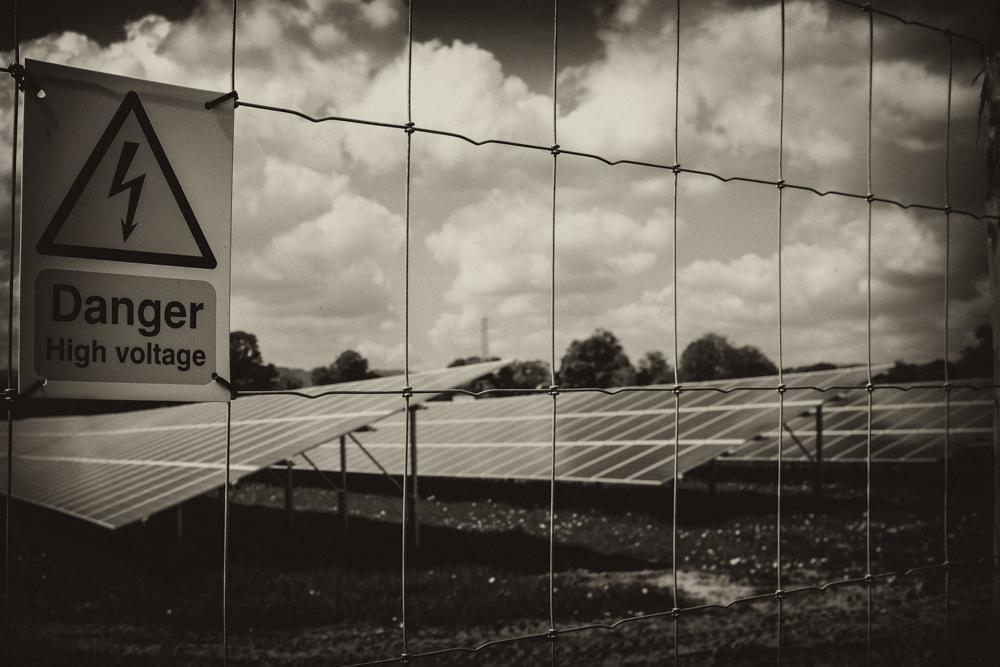
Policy Recommendations for Sustainable Solar Development
To ensure that solar farms on public lands contribute to a sustainable future, several policy recommendations can be implemented. Firstly, it is essential to conduct comprehensive environmental impact assessments before approving any solar project. This ensures that the natural ecosystems and biodiversity are preserved. Additionally, policymakers should prioritize areas that have been previously disturbed or degraded, such as abandoned agricultural lands or brownfields, to minimize the ecological footprint.
Furthermore, involving local communities in the decision-making process can foster transparency and trust. Encouraging community-based solar initiatives not only supports local economies but also aligns the projects with the community’s needs and values. Policymakers should also consider offering incentives for solar developers who invest in innovative technologies that increase energy efficiency and reduce land use. This could include:
- Implementing dual-use solar systems that allow for agriculture or grazing beneath solar panels.
- Investing in advanced solar technologies like bifacial panels or concentrated solar power.
- Establishing clear guidelines for the decommissioning of solar farms to ensure land restoration.
By integrating these recommendations, solar development on public land can be both environmentally responsible and economically viable.
The Conclusion
As we stand at the crossroads of energy innovation and environmental stewardship, the question of whether solar farms should be built on public land remains a compelling narrative of our times. The decision is not merely about energy production but also about how we envision our relationship with the land, our communities, and future generations. While solar farms promise a cleaner, more sustainable future, they also invite us to ponder the value of open spaces and biodiversity. The dialogue continues to evolve, shaped by diverse perspectives and the ever-changing landscape of technology and environmental needs. As we navigate this complex terrain, let us strive for a balance that honors both our planet’s health and the prosperity of its people. Whether these sun-drenched fields become symbols of progress or cautionary tales will depend on the choices we make today, driven by informed discussions and shared aspirations for a brighter tomorrow.


